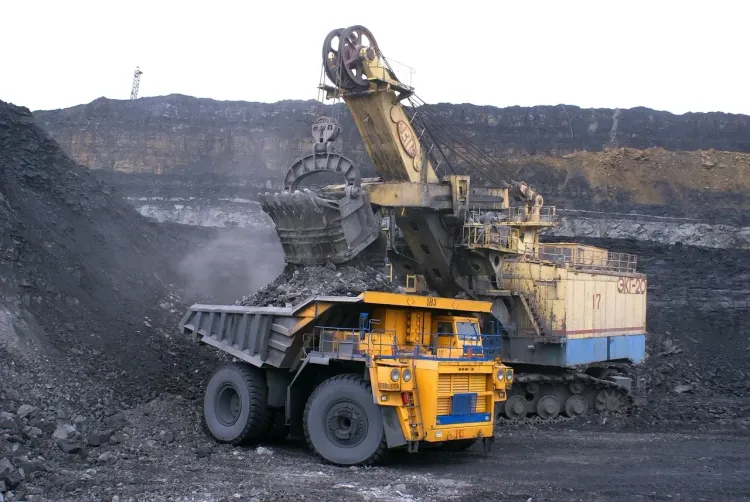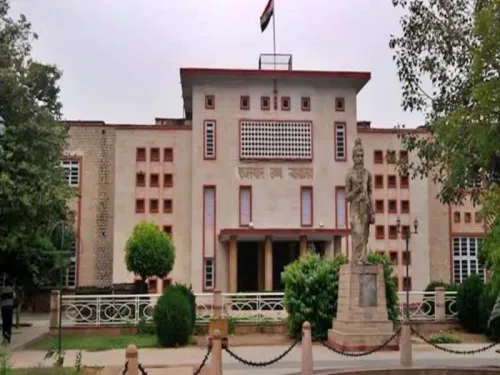Minister Affirms India's Robust Coal Reserves for Energy Independence

Synopsis
Key Takeaways
- India has substantial coal and lignite reserves.
- Coal accounts for 55% of India's energy needs.
- Record coal production reached 997.826 MT in 2023-24.
- Government aims to increase domestic coal production.
- Incentives for commercial mining stimulate production.
New Delhi, March 26 (NationPress) India possesses ample domestic coal reserves that are crucial for the nation’s energy security, with coal and lignite resources amounting to 389.42 billion tonnes and 47.29 billion tonnes, respectively, as of March 1 this year, as per the latest estimates provided by the Geological Survey of India, which was communicated to the Parliament on Wednesday.
The country’s current coal reserves are being effectively managed, with coal fulfilling 55 percent of India's energy demands, Union Minister of Coal and Mines G. Kishan Reddy stated in a written response to the Lok Sabha.
Lignite, commonly referred to as brown coal, is characterized by its lower carbon content, diminished energy value, and higher moisture content compared to other coal types, warranting its separate classification.
The government is concentrating on augmenting domestic coal production to satisfy the nation’s energy needs. In the fiscal year 2023-24, India achieved its highest-ever coal production at 997.826 million tonnes (MT), marking an increase of 11.71 percent over the 893.191 MT produced in 2022-2023, the minister noted.
For the year 2024-25, there has been a recorded 5.45 percent rise in coal production, reaching 929.15 MT as of February 2025, compared to 881.16 MT during the same timeframe in the previous year, he added.
Reddy further explained that to improve extraction and processing efficiency, coal companies have adopted mass production techniques with minimal manual intervention aimed at boosting productivity, lowering costs, and enhancing safety. Continuous Miners in underground mines and Surface Miners in opencast mines are deployed for coal-cutting, along with large-sized Heavy Earth Moving Machinery for overburden removal.
The minister highlighted that the government has implemented various measures to elevate coal production in the country to guarantee energy security, including regular evaluations by the Ministry of Coal to accelerate the development of coal blocks.
The passage of the Mines and Minerals (Development and Regulation) Amendment Act, 2021 (MMDR Act) allows captive mine owners to sell up to 50 percent of their annual mineral output in the open market after fulfilling the requirement of the end-use plant linked to the mine, thereby aiding in production enhancement.
Furthermore, the establishment of a single-window clearance portal for the coal sector and the creation of a project monitoring unit to assist coal block allottees in acquiring various approvals have expedited the operationalization of coal mines.
In addition, the auction process for commercial mining based on revenue sharing commenced in 2020. Under this scheme, a 50 percent rebate on the final offer is available for coal produced ahead of the scheduled production date. Additional incentives for coal gasification or liquefaction, including a 50 percent rebate on the final offer, have also been introduced to stimulate production, the minister concluded.









